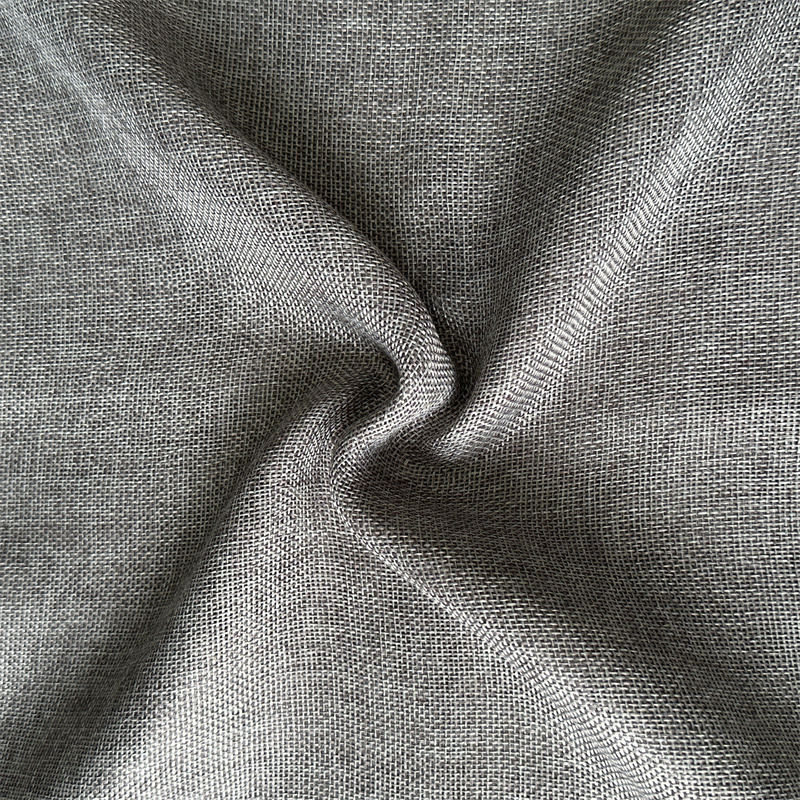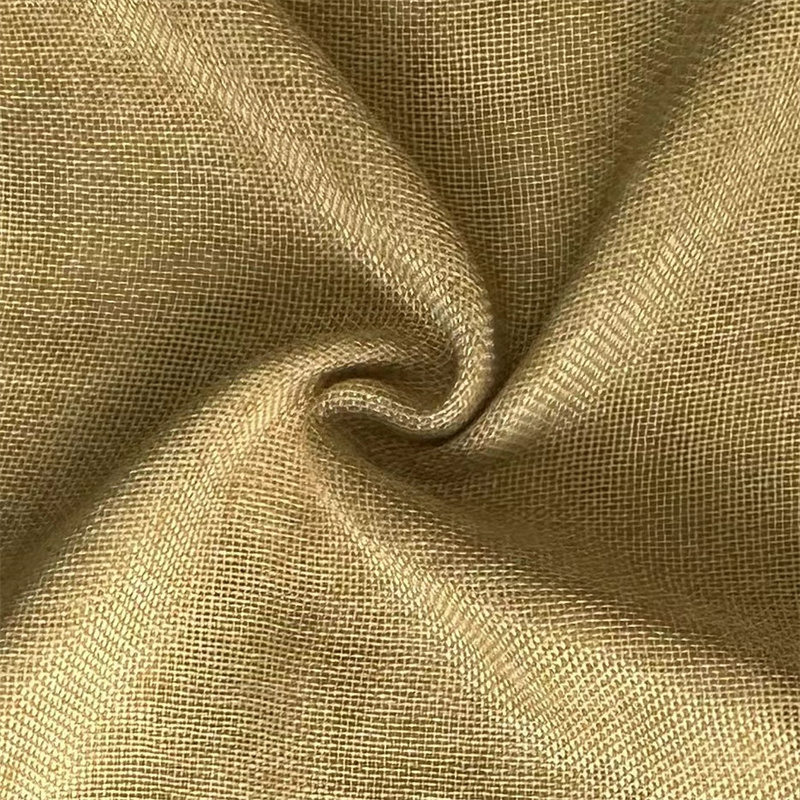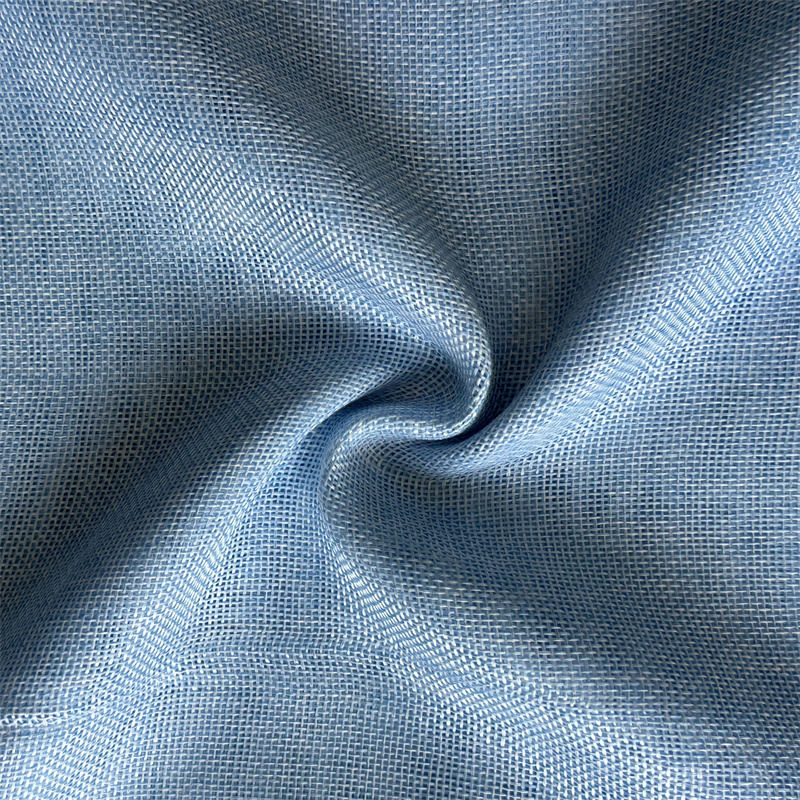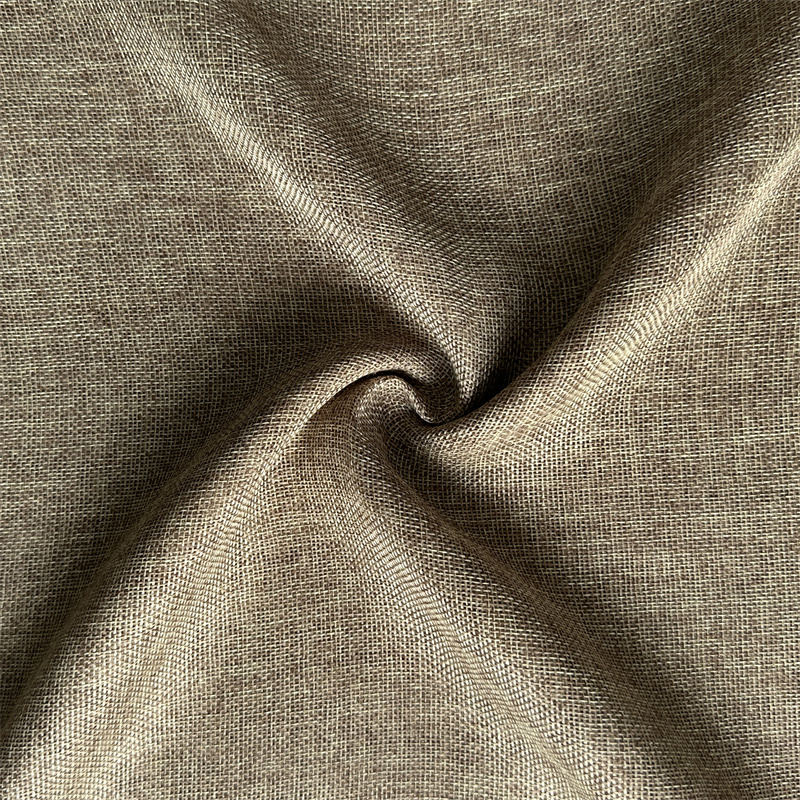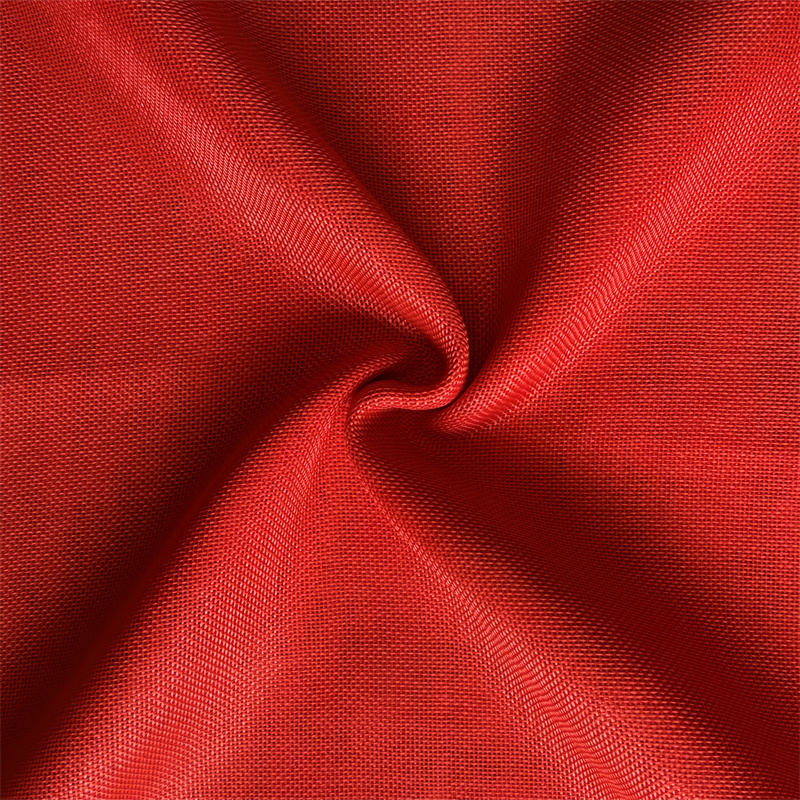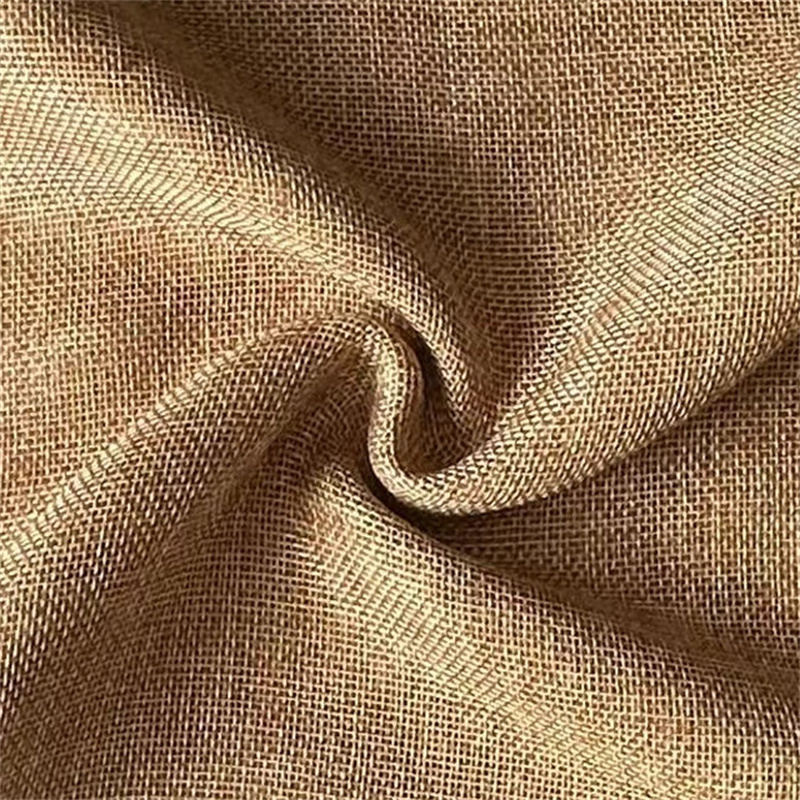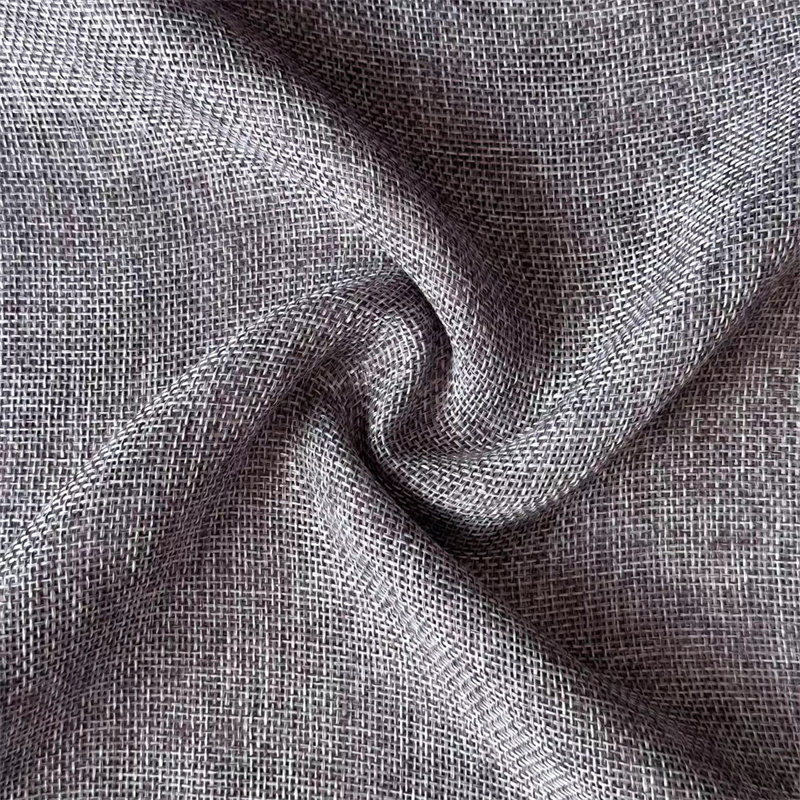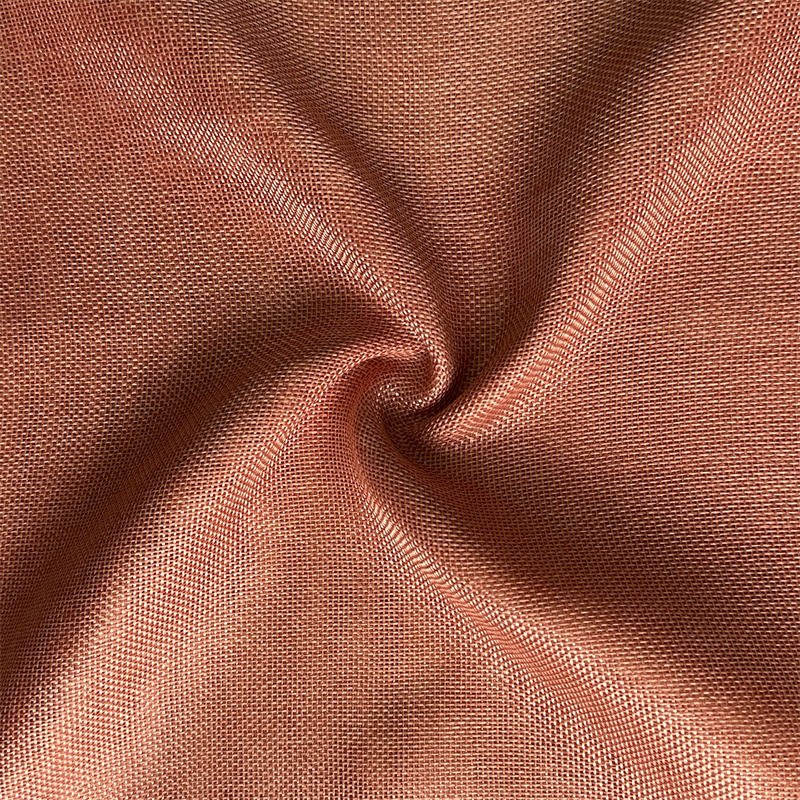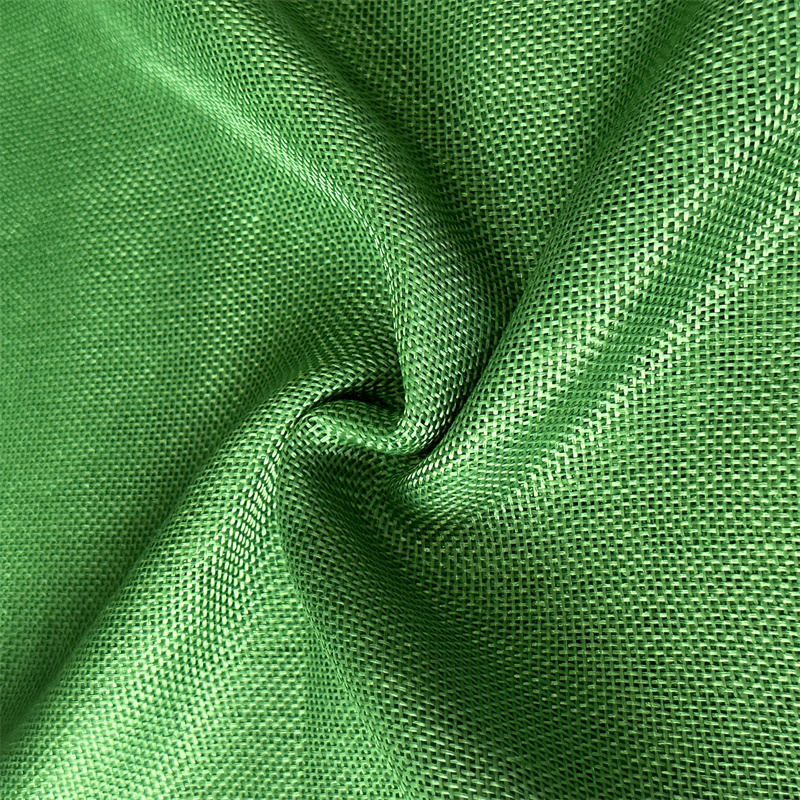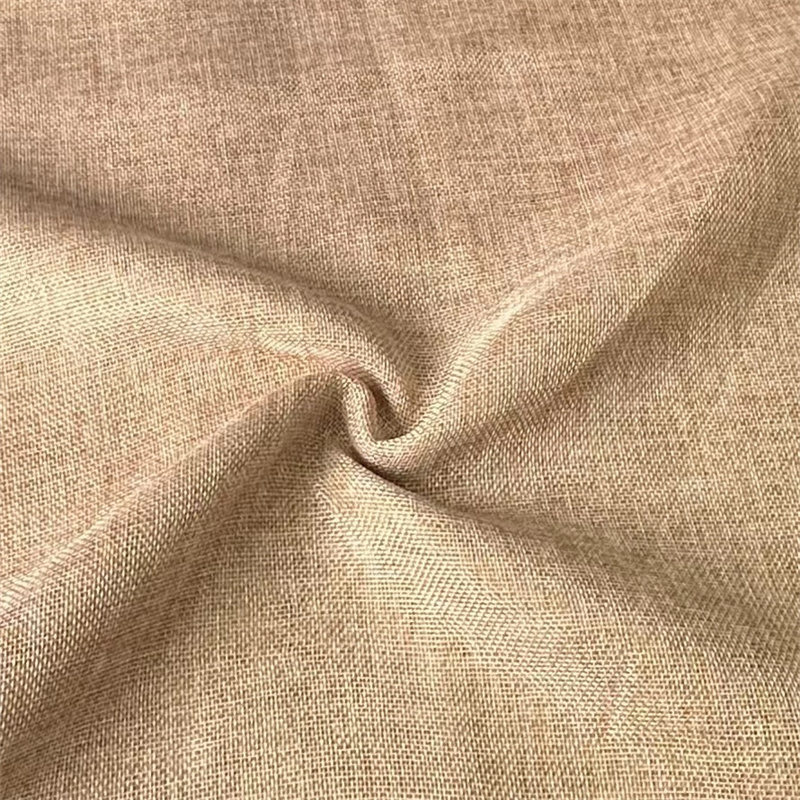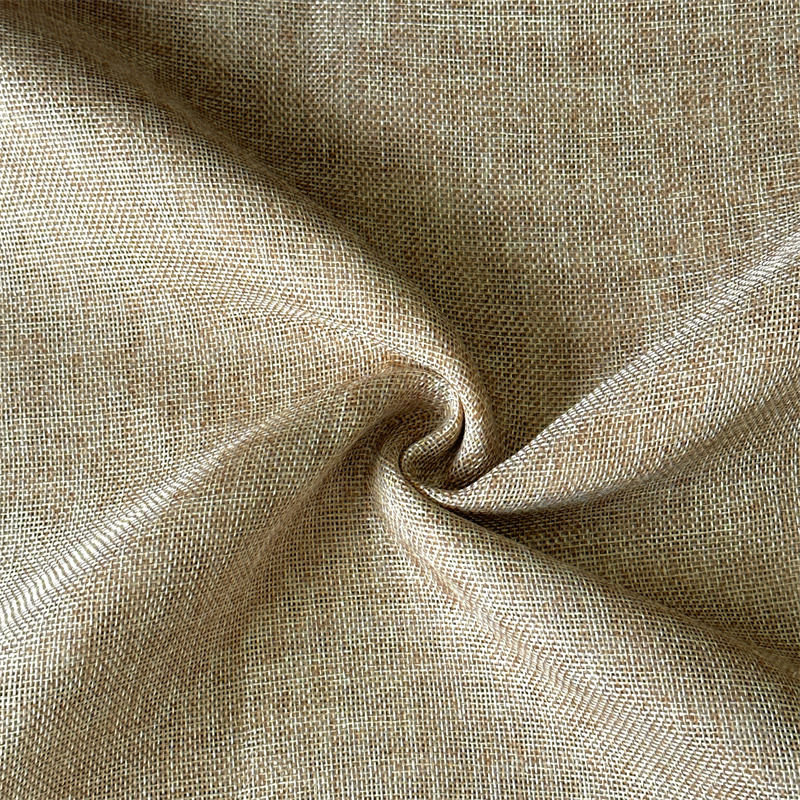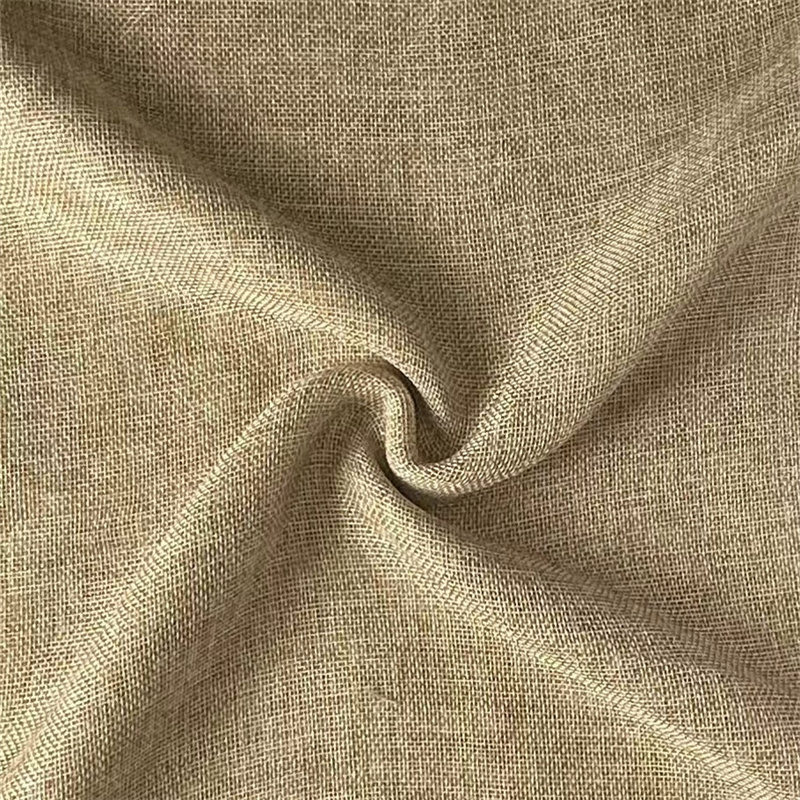Chenille Fabric has become one of the most attractive and practical fabrics in the textile field with its unique fluffy texture and rich color changes. Whether in clothing design, home decoration or handicraft production, Chenille fabric has won wide popularity with its soft and comfortable feel and elegant and gorgeous appearance.
Chenille Fabric Production Process
Chenille fabric has a unique production process, which is mainly divided into three steps:
Yarn production
First, blend different fiber yarns to enhance the toughness and softness of the yarn.
Weaving base fabric
Weave the yarn into base fabric to form the basic structure of the fabric.
Shearing to form fluff
Use special cutting equipment to cut specific parts of the fabric to form a uniform fluff layer, so that the surface of the fabric presents a fluffy and soft texture.
This process ensures that Chenille fabric has both good wear resistance and rich visual layering and tactile experience.
Features of Chenille Fabric
Soft and comfortable
Chenille fabric has fine and soft fluff on the surface, and has an excellent touch, making it suitable for close-fitting wear and household items.
High hygroscopicity
Its fiber structure can effectively absorb and release moisture, maintain good breathability, and improve wearing and use comfort.
Rich colors
Chenille fabric is evenly dyed and full of color, and can show a variety of colors and pattern designs.
Durable and easy to care for
Although there is fluff on the surface, Chenille fabric has a stable structure and strong wear resistance, and daily care is relatively simple.
Application field
Clothing field
Chenille fabric is often used to make winter clothing such as sweaters, coats, scarves, etc., and is favored by consumers for its warmth and softness.
Home decoration
Sofa fabrics, curtains, cushions and bedding are mostly made of Chenille fabrics, adding warmth and luxury to the home environment.
Crafts and accessories
Due to its unique texture, Chenille is also widely used to make handicrafts, decorative belts and other clothing accessories.
As people's demand for textiles that are both comfortable and beautiful increases, Chenille fabrics are developing in the direction of environmental protection and multifunctionality. The application of new environmentally friendly fibers and dyeing technology makes Chenille fabrics greener and healthier; the addition of functional fibers also gives the fabrics waterproof, anti-fouling and antibacterial properties. In addition, the combination of digital printing and intelligent textile technology will enrich the design expression of Chenille fabrics and meet personalized and diversified market needs.
Chenille Fabric has become a star product in the textile market with its unparalleled soft feel and elegant visual effects. It not only meets the dual pursuit of comfort and beauty in clothing and home furnishings, but also continues to expand its application boundaries with technological progress. In the future, with the promotion of green environmental protection concepts and intelligent manufacturing, Chenille fabrics will surely show their unique charm and value in more fields and become one of the indispensable and important fabrics in the textile industry.
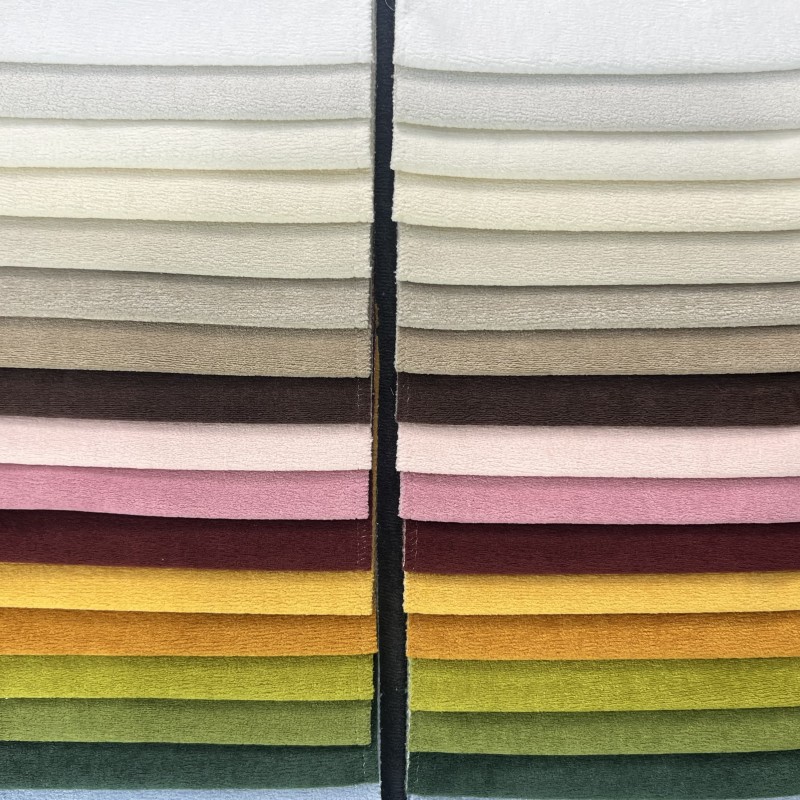


 中文简体
中文简体 Español
Español